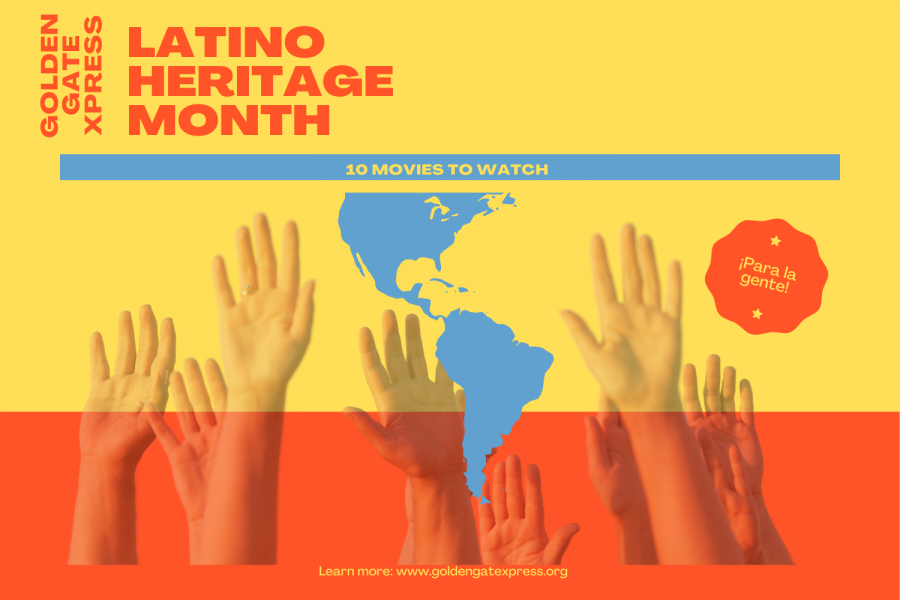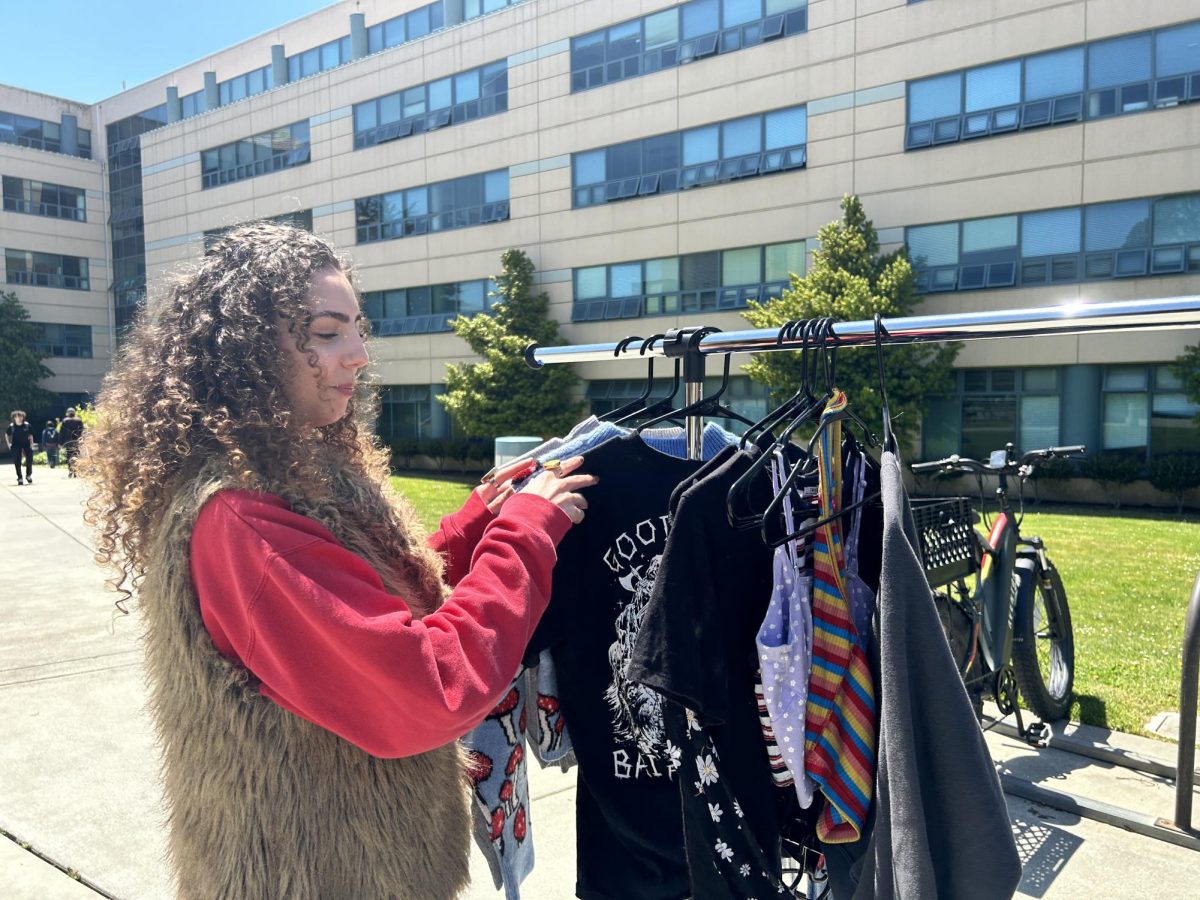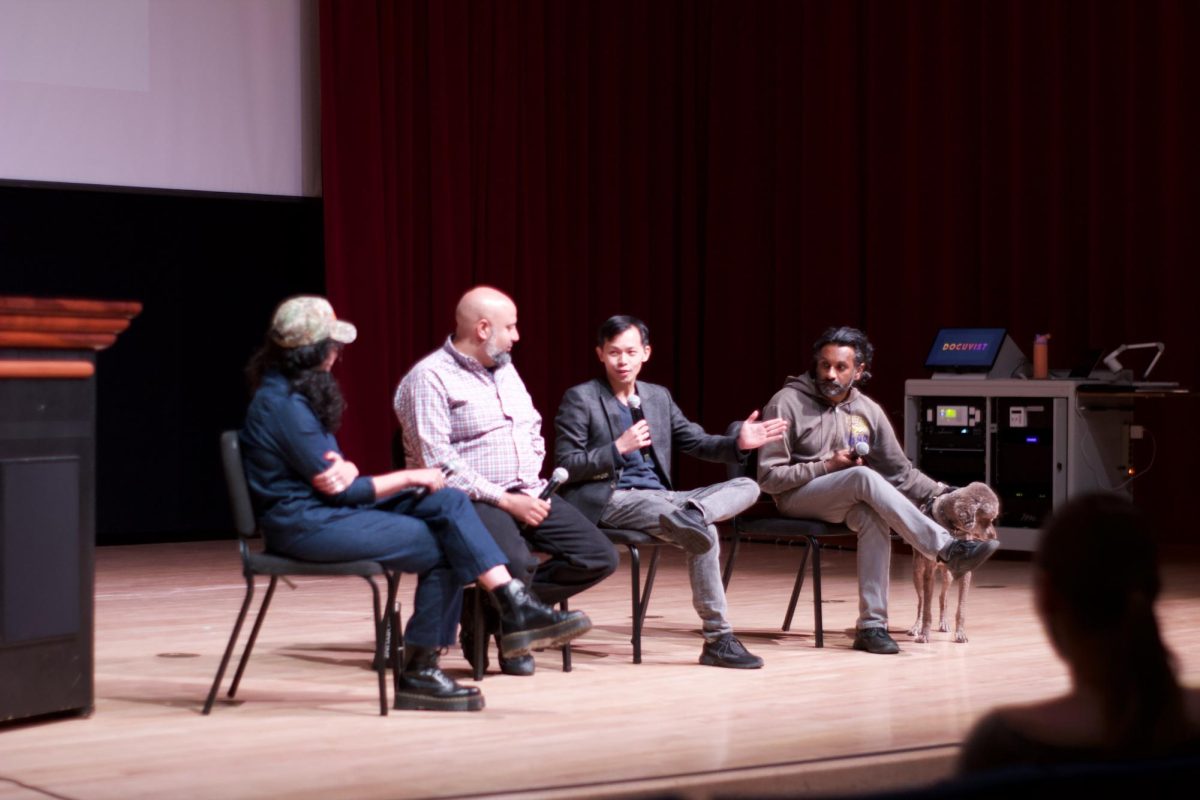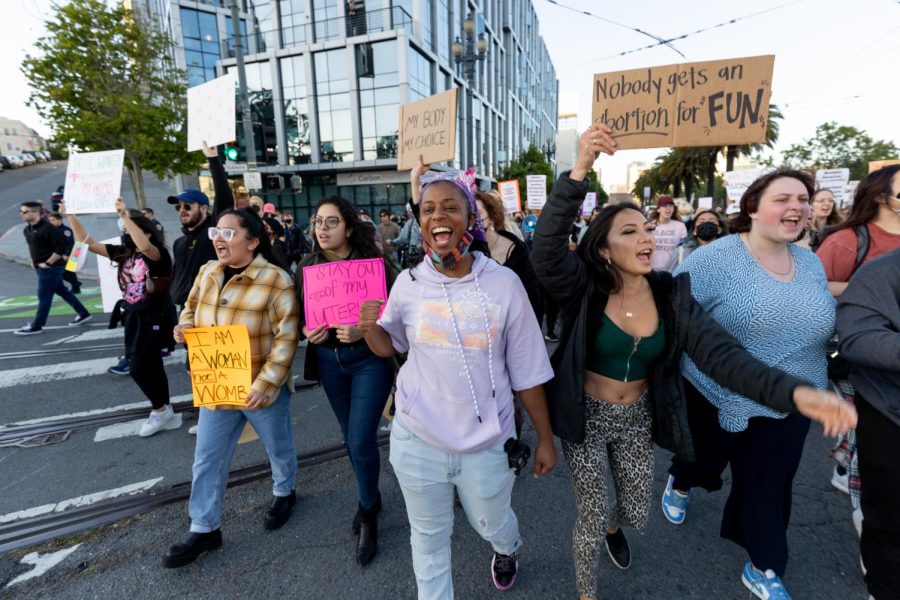National Latino Heritage Month, although at the writing of this, stands closer to its conclusion of Oct. 15, also coincides with the independence celebrations of several Latin American nations such as: Costa Rica, El Salvador, Guatemala, Honduras and Nicaragua on Sept. 15; Mexico on Sept. 16; and Chile on Sept. 18. According to the White House Hispanic Prosperity Initiative, the foundations for the month-long commemoration of the “the many contributions, diverse cultures, and extensive histories of the American Latino community” began in 1968 under President Lyndon B. Johnson as “Hispanic Heritage Week.” The week was later extended into a month in 1988. As a month purportedly dedicated to the various intellectual, cultural and social accomplishments of the peoples of Latino America here are 10 movies that highlight different facets of the Latino identity or experience. Although the holiday is brief, the sentiments carried within it of reverence and commemoration extend beyond the month into perpetuity.
– Buena Vista Social Club: Adios. Buena Vista Social Club (2017)
This documentary focuses on the famous Cuban band. Following the Cuban Revolution, their music transcended Cuba to the U.S. The film features band members recounting their stories of success.
– Como Agua Para Chocolate (1992)
Based on the best selling novel of the same name by Mexican novelist Laura Esquivel is a film steeped in the rich, dreamy atmosphere that is magical realism; a unique Latin American genre of film and literature which combines the surreal with the ordinary. The story follows the youngest daughter of the De la Garza family, Josefita “tita,” who is bound by tradition to remain unmarried and to care for her mother until her death. Complications arise when Tita finds herself deeply in love, from a moment’s glance, with her neighbor Pedro Muzquiz. The audience follows the pair and the De La Garza family throughout their lives, with the Mexican Revolution occurring in the background. It is charmingly punctuated with ghosts, revolutionaries, sudden magical deaths and inexplicable occurrences that no one seems to take note of as strange.
From the forever phantasmagoric and horrific mind of Mexican director Guillermo Del Toro emerges the melancholy tale of “Cronos.” The story begins with a 16th century Spanish alchemist, who is fleeing the inquisition in Spain and going to Mexico, creating a device named “el Cronos,” a golden scarab-like apparatus that prolongs life but creates in the user an insatiable desire for human blood. This unusually tender rendition of the vampire tale is both creepy and funny, while also always finding the time to focus on its tragic protagonist Jesús Gris, an elderly antiques dealer.
Although there are no Latino cast members in this Disney film — with the exception of Eartha Kitt — this colorful animation is garnished with cultural nods to the Andes throughout. For instance, the protagonist’s name, Cuzco, is a play on the name of the Incan capital city Cuzco in Peru. In the film, Cuzco is an Inca king, and the movie is set in the Andes. The film also showcases many cultural aspects found unique to Andean countries in South America, such as: llamas; Sun/Inti iconography; and Tumis and Quechua words, such as the character Pacha’s name meaning “earth” in the Quechua language.
– Kiss of the Spider Woman (1985)
The first independent film nominated for an academy award and based upon the book by Argentine writer Manuel Puig, “El beso de la mujer araña,” (with Héctor Babenco, also of Argentine origin, at the director’s helm) comes the story of two radically different persons imprisoned together in an unnamed facist South American prison. Valentin Arregui (played by one of Puerto Rico’s proudest sons, Raul Julia) is a revolutionary socialist imprisoned for having been in league with a leftist group hoping to overthrow the government, and Luis “Luisa” Molina (played by William Hurt, who took home the Oscar for best actor his portrayal of Molina) a transgender woman who is imprisoned for “corrupting a minor.” The two are often at ideological odds but find respite in Molina’s florid recountings of movies she had once seen. Dealing with issues of sexuality, prejudice, self-respect, adherence to a cause and escapism, this film is an intimate portrayal of two complex and deeply wounded individuals who come to understand that each has something the other desperately needs, not only their physical prison but the greater world awaiting them.
Biopic movie of the father of Chicano rock, Ritchie Valens. Valens grew up in the San Fernando Valley of Los Angeles and dropped out of high school to go on tour to promote his song, “Oh Donna.”
This documentary recounts the untold story of the women who led and won the Nicaraguan Sandinista revolution of the late ’70s. The documentary follows a group of some of the most famous female leaders and generals of the Frente Sandinista de Liberación Nacional (FSLN), many of which now live in exile or under political persecution from the country’s current authoritarian regime. Notable among the documentary’s interviewees are Dora Maria Téllez, the medical student who became a vital Sandinista General, and Daisy Zamora, renowned poet, intellectual, former Nicaraguan Vice Minister of Culture, and now, professor of Latin American literature at SF State. The film follows the conception of the revolution, its journey underground, eventual victory and the brief period of progressive expansion and eventual unfortunate descent into authoritarianism due to external and internal forces. It is an interesting tableau of a nation that has little known about it outside of itself and provides context for the always emotional chant, “Nicaragua Libre!”
This film, once again, features the ever-fantastic Raul Julia starring as the famed Salvadoran humanitarian Archbishop of San Salvador, Óscar Romero. The character of Romero, living during a time of great conflicts between left- and right-wing forces, death squads and extreme wealth disparity in El Salvador, starts the movie at a place of total political apathy and complacency. As the film progresses, he is confronted with the choice to either remain as he has been, a spectator, or to use his position of influence to oppose the increasing injustice destroying El Salvador. Julia is simply magical as Romero, beautifully embodying the piety, honor and bitter sadness of a man struggling, with everything he has, for peace.
This HBO-produced documentary features different Latino voices and artists that work in the public eye and reflects on how they achieved success. The documentary highlights 30 Latinos, including Pitbull, America Ferrera, Gloria Estefan and many more.
Rita Moreno stars in the musical “West Side Story.” In 1961, she became the first Latina to win an Oscar for her participation in West Side Story. Arguably, Rita paved the way for future Latino roles in movies in the 21st century.















